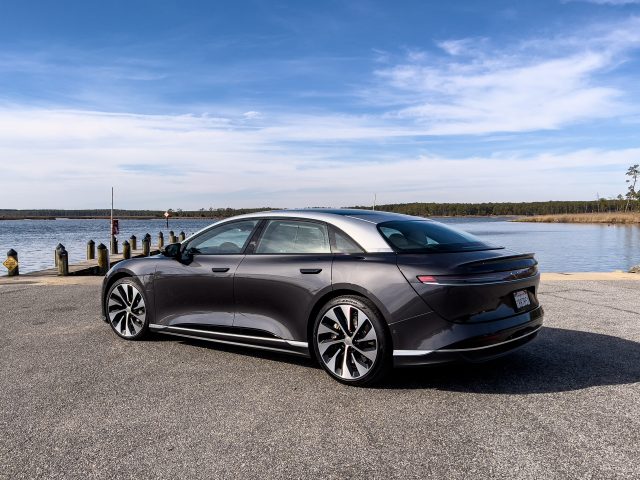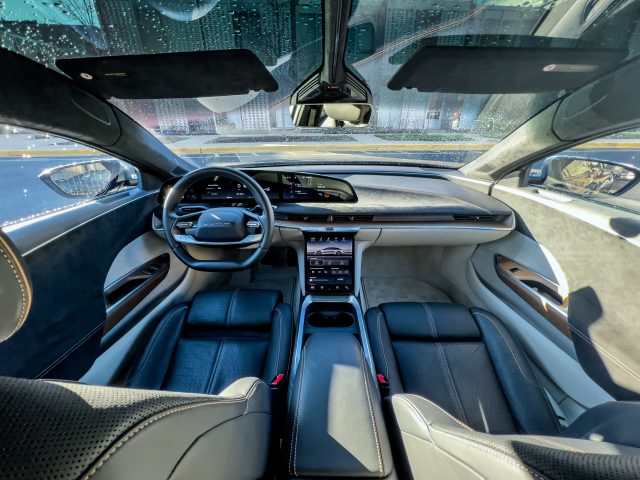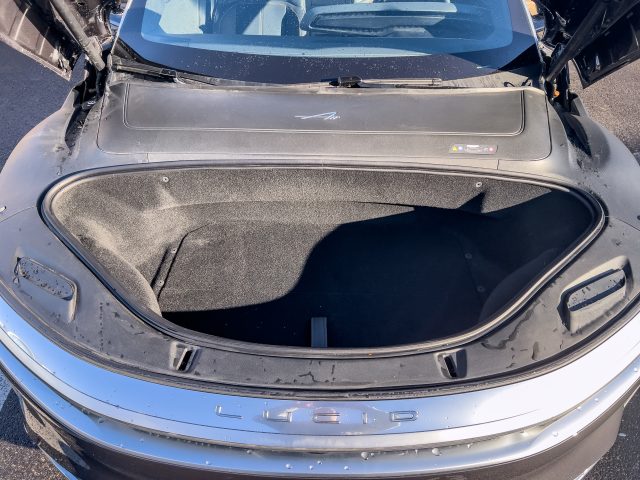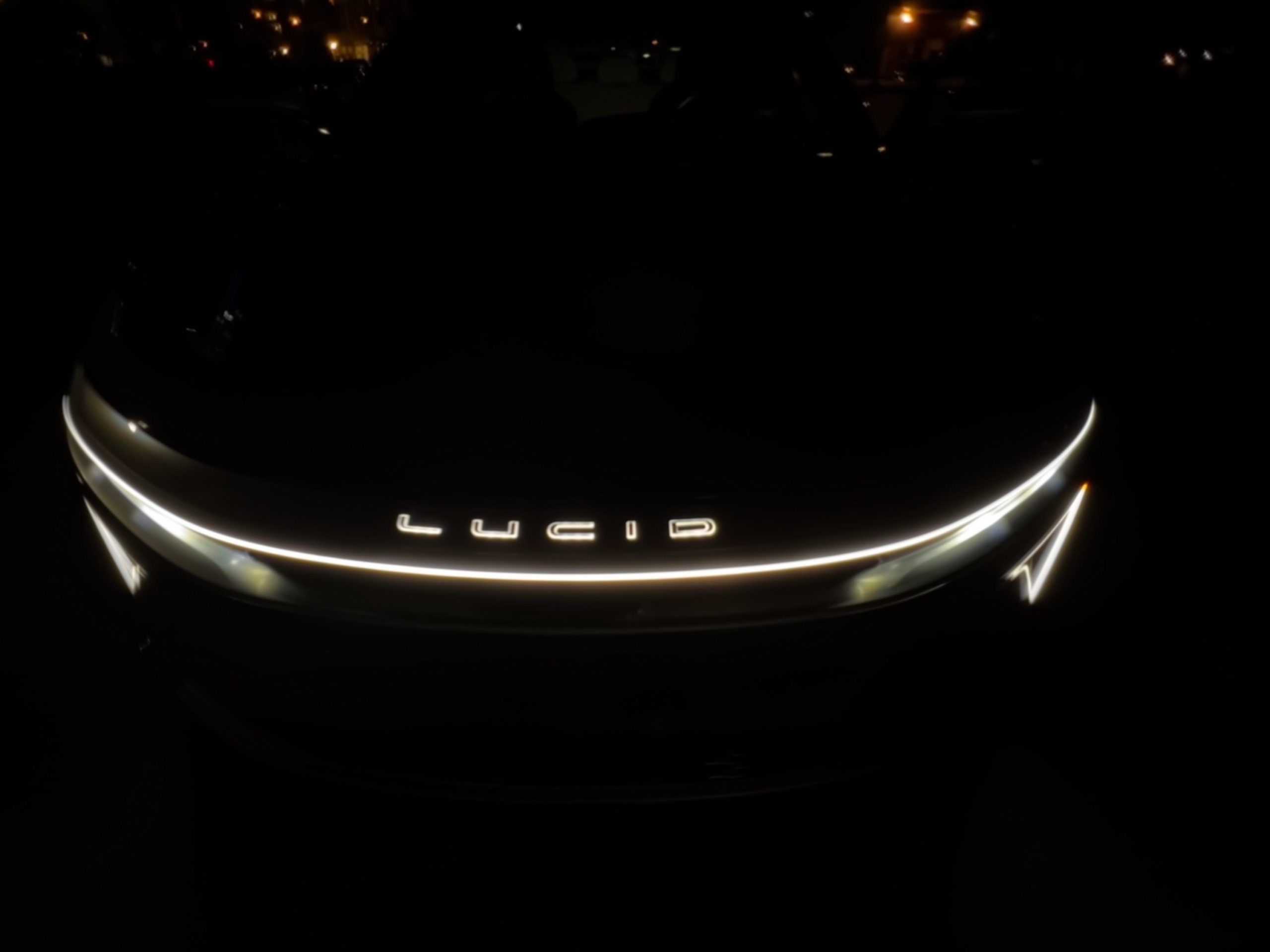It's been more than a decade since Tesla proved that it's possible to start a new American automaker—and even become profitable. Its success has sparked a wave of subsequent EV startups, each with a mission to decarbonize our transportation sector. But that was a difficult prospect even before 2020 brought its own flavor of disruption to this nascent industry.
Of those upstarts, Rivian and Lucid have made it into production thanks to large investments. Rivian is busy building EV pickups and SUVs aimed at those with an affluent outdoorsy lifestyle, plus 100,000 electric delivery vans for Amazon. Lucid is further behind, but it too has gone into production with the Lucid Air, a handsome luxury sedan with a tiny drag coefficient, oodles of power and torque, and a rather hefty price tag—the Air Grand Touring we tested starts at $138,000.
Ars first met the Lucid Air in 2017 when the company brought one of its alpha prototypes to Washington, DC, to show off to lawmakers. In 2021, we went for a ride in the passenger seat, but now we've had some actual seat time in this intriguing EV.
Aimed at Stuttgart, not Austin
In the past, Lucid CEO and CTO Peter Rawlinson was adamant that his target with the Air was not the Tesla Model S—a car for which Rawlinson worked as chief engineer—but the Mercedes-Benz S-Class, a vehicle considered throughout the industry to be the gold standard for luxury sedans. In the process, however, Lucid has out-Tesla'd Tesla anyway, evolving and polishing many of the ideas we've seen pioneered in that car when it was new.

It's quite short for a big luxury car; at 195.9 inches (4,966 mm), it's a foot shorter than the current S-Class and even more so compared to BMW's big new i7. Perhaps coincidentally, it's exactly as long and has the same 116.5-inch (2,959 mm) wheelbase as the Model S. But at 76.2 inches (1,935 mm) wide, it's narrower than any of its competitors. I had to do a double-take when I saw that figure, as the car feels wide from the driver's seat; Lucid has succeeded in making a TARDIS-like cabin that feels bigger than the car looks on the outside.












 Loading comments...
Loading comments...
